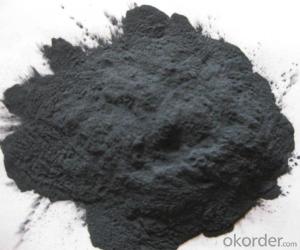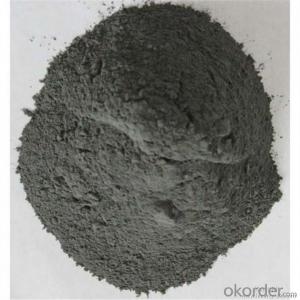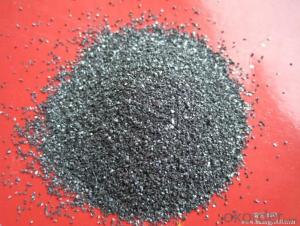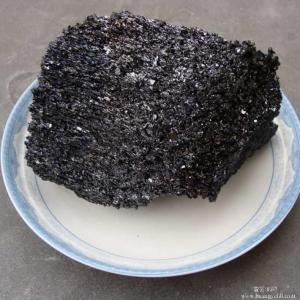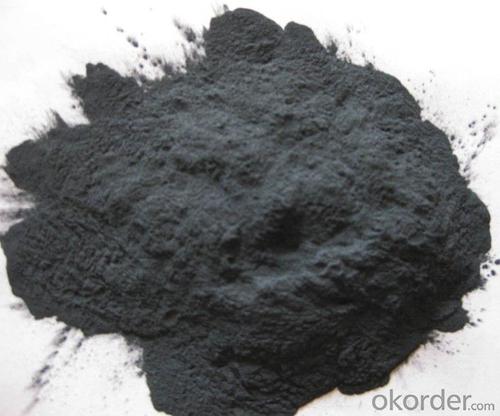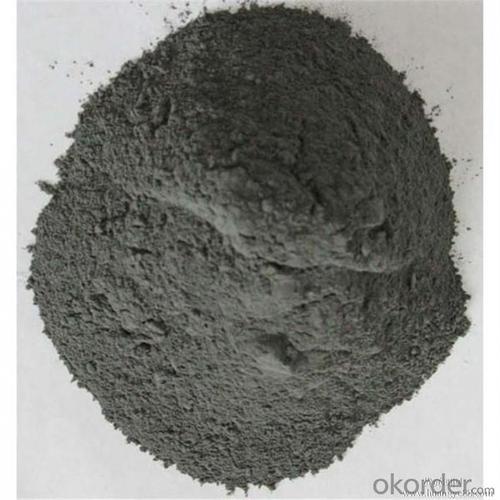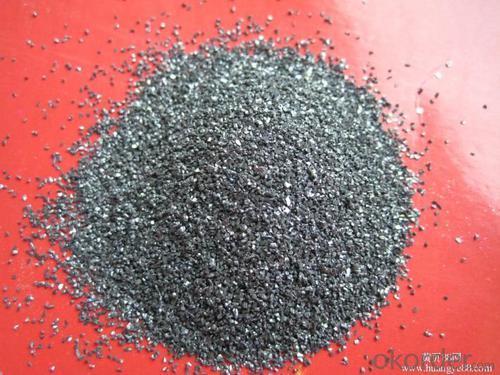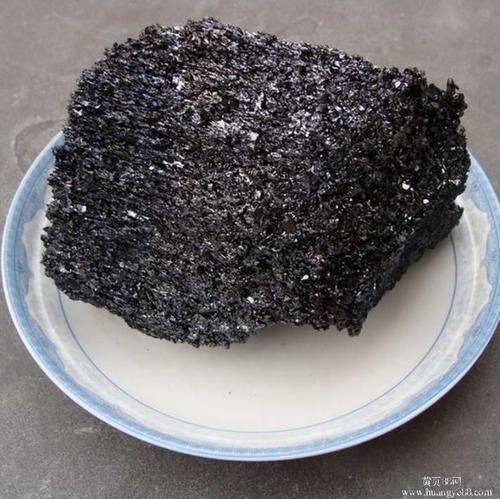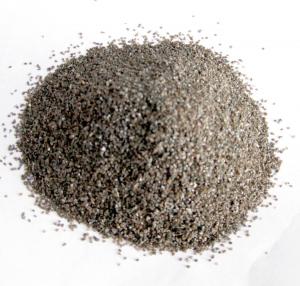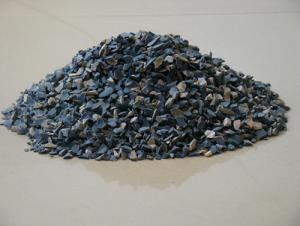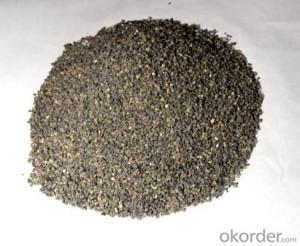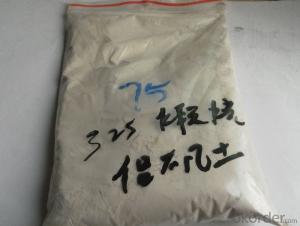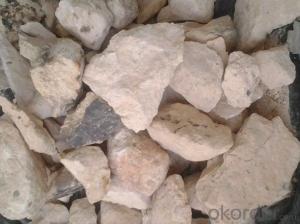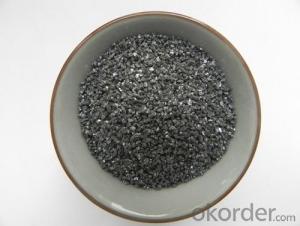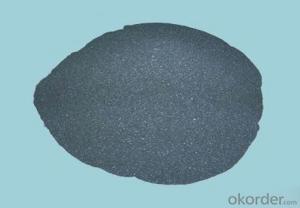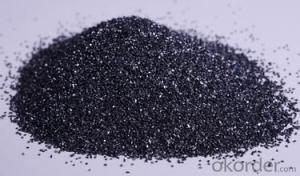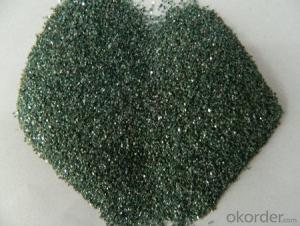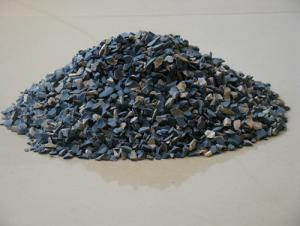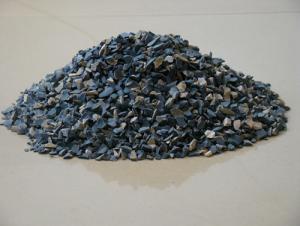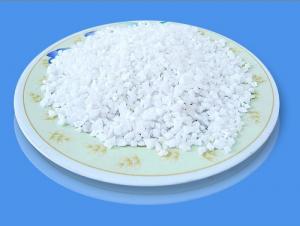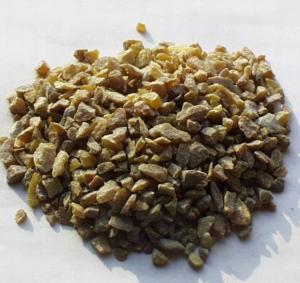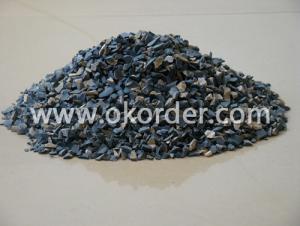Raw Materials for Refractory:China Factory Low Price Silicon Carbide Powder SIC Powder
- Loading Port:
- Tianjin
- Payment Terms:
- TT OR LC
- Min Order Qty:
- 25 m.t.
- Supply Capability:
- 3000 m.t./month
OKorder Service Pledge
OKorder Financial Service
You Might Also Like
China Factory Low Price Silicon Carbide Powder SIC Powder
1.Structure of Silicon Carbide Description
Black Silicon Carbide is produced with high temperature in a electric resistant furnace from a mixture of quartz sand and petroleum coke.
Black silicon carbide is typically used for working on cast iron ,non-ferrous metals, stone, leather, rubber, and other materials which requires sharp cutting characteristics. The mineral is also used widely as a refractory material and metallurgical additive.
2.Main Features of the Calcined Bauxite
Its hardness is between that of fused alumina and synthetic diamond and mechancial intensity of it is also greater than that of fused alumina. It is brittle and very sharp and has a certain degree of electrical and heat conductivity.
3.Main usage of the Calcined Bauxite
1.Grinding non-ferrous materials, rock, stone, leather, rubber, finishing tough and hard materials
2.Bonded abrasive tools, lapping and polishing
3.Widely used as a metallurgical additive and refractory material
4.Refractory
4. Calcined Bauxite Images

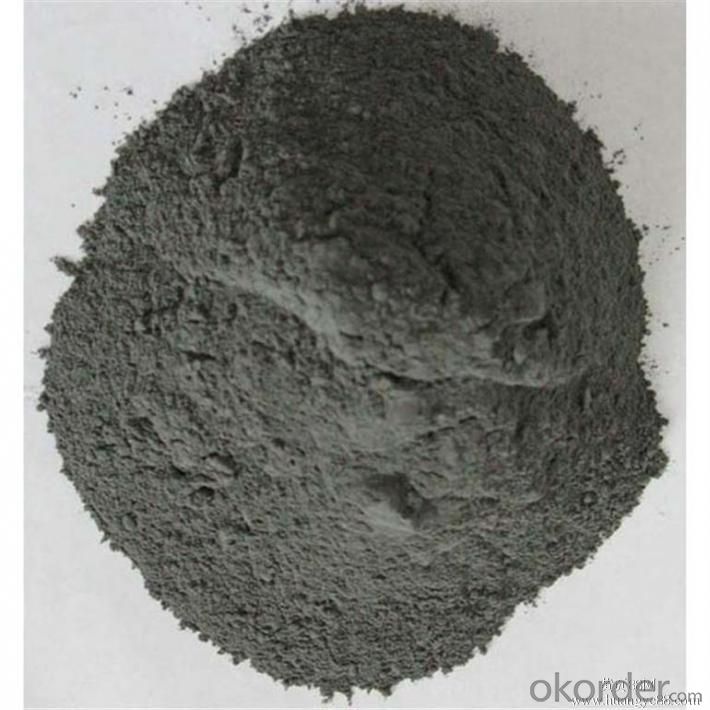
5. Calcined Bauxite Specification
Silicon carbide (SiC) is made from quartz sand and petroleum coke( or coal tar), wood chips as raw material through high temperature smelting in electric resistance furnace.
6.FAQ of Calcined Bauxite
1). Q: Are you a factory or trading company?
A: We are a factory.
2). Q: Where is your factory located? How can I visit there?
A: Our factory is located in Ningxia, China. You are warmly welcomed to visit us!
3). Q: How can I get some samples?
A: Please contact me for samples
- Q: Is fireclay corrosive?
- No. All of the refractory materials have stable chemical properties and their usability can be guaranteed under high temperatures.
- Q: How much is the content of boron carbide in refractory material?
- Boron carbide is used in refractory material. For example, generally we could add 0.2% of boron carbide into magnesia carbon bricks. It is suggested that 0.5% is enough, because it has strong effect in boosting melt. It is said that 0.5% would be alright since boron oxide after oxidation belongs to material of low melting point, so the amount should be limited within 0.5%-1%,
- Q: What are the characteristics of thealuminium oxide refractory?
- Physical properties of refractories include structural properties, thermal properties, mechanical properties, performance and job performance. The structural properties of refractories include porosity, bulk density, water absorption, air permeability and pore size distribution. The thermal properties of refractories include thermal conductivity, thermal expansion coefficient, specific heat, heat capacity, thermal diffusivity and thermal emission rate, ect. Mechanical properties of refractories include compressive strength, tensile strength, flexural strength, torsional strength, shear strength, impact strength, abrasion resistance, creep resistance, adhesive strength and modulus of elasticity, ect.
- Q: What are the physical properties of refractory material?
- The mechanical properties of refractory material include compressive strength, volume density and sclerosing, slag resistance, elastic modulus, thermal shock resistance, oxidation resistance, bibulous rate, fluidity, resilience, bond strength and slump, electrical conductivity, specific heat, heat capacity, the impact strength, linear change, torsional strength, stomatal aperture distribution, resistance to acid, etc. The use performance of refractory material include refractoriness, thermal emissivity, condensation, porosity, coefficient of thermal expansion. Thermal properties of refractory material include thermal conductivity, temperature conductivity, plasticity, the hydration resistance, creep performance. The physical properties of the refractory materials include structure performance, mechanical properties, shear strength, load softening temperature, CO erosion resistance. The structure properties of the refractory materials include porosity, alkali resistance and sintering. The operating performance of refractory material include consistency, tensile strength, the use performance and operating performance, wear resistance, bending strength, thermal properties.
- Q: How to classify the grade of wall fireproof and thermal inuslation matertial?
- External wall thermal insulation materials are mainly divided into grade A, grade B1, grade B2 and grade B3. In accordance with the current "Combustion Performance Classification Method of Building Materials", grade A thermal insulation material is incombustible?material and belongs to inorganic heat preservation material. However, grade A thermal insulation material is few in terms of the current market. There are only JETCO YT inorganic active wall thermal insulation material, glass wool, rock wool board, foam glass, vitrified micro bead and grade A fireproofing thermal insulation board. However, compared with grade A thermal insulation material, the more welcomed by the market is the organic insulation materials. Thermal insulation material that is determined as grade B is divided into three levels. Grade B1 is grade is flame retardant. Grade B2 is combustible. Grade B3 is flammable.
- Q: What antioxidant will be used in refractories?
- Specifically speaking, it is an antioxidant used in carbon refractory products, which belongs to the fire resistant technology. A kind of refractory used antioxidants, formula proportion is as follows calculated by weight percentage: aluminium zinc alloy 1 ~ 100, conventional antioxidants in 0 ~ 100. Described in the aluminum zinc alloy element of aluminum content is 3% ~ 3%, the rest is zinc. Described aluminium zinc alloy is powder or fibrous long; The biggest size and long fiber powder makeup of maximum diameter is 0.2 mm. Preparation of the present invention contains aluminum zinc alloy antioxidants can prevent carbon oxidation temperature range is big, less side effects, and can adjust the thermal expansion of refractory. Hope I can help you.
- Q: Ask some questions about refractories
- Is a kind of refractory material, jargon called hook materialThe iron runner: a combination of the super high Los resistant technology, aluminum and corundum, silicon carbide and other raw materials, to high-quality composite binders and additives, strict proportioning, elaborate. The utility model has the advantages of good slag resistance, good thermal shock resistance, long service life, convenient use, simple construction, and obvious reduction of labor intensity of workers.Application: it is suitable for blast furnace tapping system.
- Q: Who know about the knowledge of acid refractory material? Please explain in detail.
- Abrasion resistance of fire resistance material depends on the material group and structural material. The abrasion resistance of dense single crystal materials depends on the hardness of mineral crystal. The higher the hardness, the more resistance the material is to abrasion. non mineral crystals with fine grain material has a high wear resistance. The abrasion resistance of materials is related to bulk density or porosity. Aluminium refractory material can resist a temperature as high as 700~900 degree within the elastic range. The higher the temperature, the lower the resistance. Abrasion resistance will be increased with elastic modulus as temperature increase. In many cases, refractory material will often cause a lot of harm due to mechanical abrasion.
- Q: What kind of refractory material should be used for common boiler?
- Build by using clay refractory mortar. Common clay brick is used as combustion layer. Xindeyuan Refractory Material, red?brick is used as external wall. Light clay brick is used as thermal insulation layer, thank you.
- Q: What are the refractories for converter?
- Permanent layer (sintering) magnesia brick, the working lining gunning material for the working layer and the permanent layer gap, using magnesia ramming materials, MgO-C brick brick supply,
Send your message to us
Raw Materials for Refractory:China Factory Low Price Silicon Carbide Powder SIC Powder
- Loading Port:
- Tianjin
- Payment Terms:
- TT OR LC
- Min Order Qty:
- 25 m.t.
- Supply Capability:
- 3000 m.t./month
OKorder Service Pledge
OKorder Financial Service
Similar products
Hot products
Hot Searches
Related keywords
